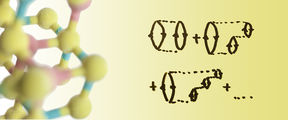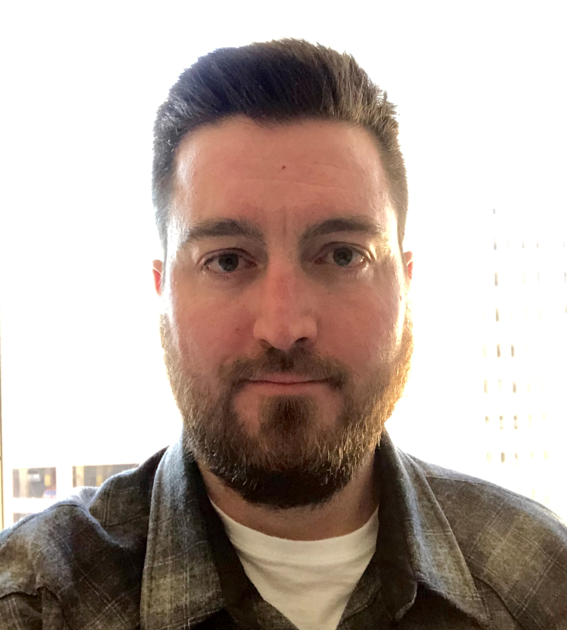Method yielding more accurate total energies could boost quantum chemistry calculations


Members of the CEST group published a new theoretical and computational study demonstrating the potential of a new method for understanding chemical reactions. Their publication shows how to calculate more accurate total energies, a main ingredient for understanding chemistry and thermodynamics, without increasing the computational cost.
One of the main difficulties of materials physics and chemistry is that the constituent electrons in these systems interact with each other. Their interactions make it extremely computationally expensive for scientists to calculate properties of these systems, even when they know the exact equations. In fact, approximate methods are much more useful in practice than exact equations.
Marc Dvorak and Patrick Rinke worked with collaborators from France to test a new approximate method designed to come closer to the exact result without increasing the computational cost. Such "high efficiency" computational methods are an essential part of computational materials science and one of the main research areas of the CEST group.
The authors test the theory by pulling molecules apart into their separate atoms. At each point along this dissociation path, they calculate the total energy. The shape of this total energy curve along the dissociation path is of great theoretical interest because it reveals the strength of electron interactions in the system. The curve is also of great practical use since it allows for the calculation of binding energies and reaction barriers, important quantities in physical chemistry.
The new method performs very well and can become a standard tool for other scientists to use in their own research. It also offers opportunities for continued development. With their first joint project wrapped up as a success, Dvorak and Rinke are already searching for new ideas to continue the collaboration.
The paper is published in the Journal of Chemical Theory and Computation (doi.org/10.1021/acs.jctc.0c01264)
- Published:
- Updated:
Read more news

DeployAI Partners Gather for Heart Beat Meeting in Helsinki
The European DeployAI project's partners gathered for the Heart Beat meeting hosted by Aalto University Executive Education in Helsinki.
Get to know us: Associate Professor Maria Sammalkorpi
Sammalkorpi received her doctorate from Helsinki University of Technology 2004. After her defence, she has worked as a researcher at the Universities of Princeton, Yale and Aalto.
Aalto computer scientists in ICML 2024
Computer scientists in ICML 2024